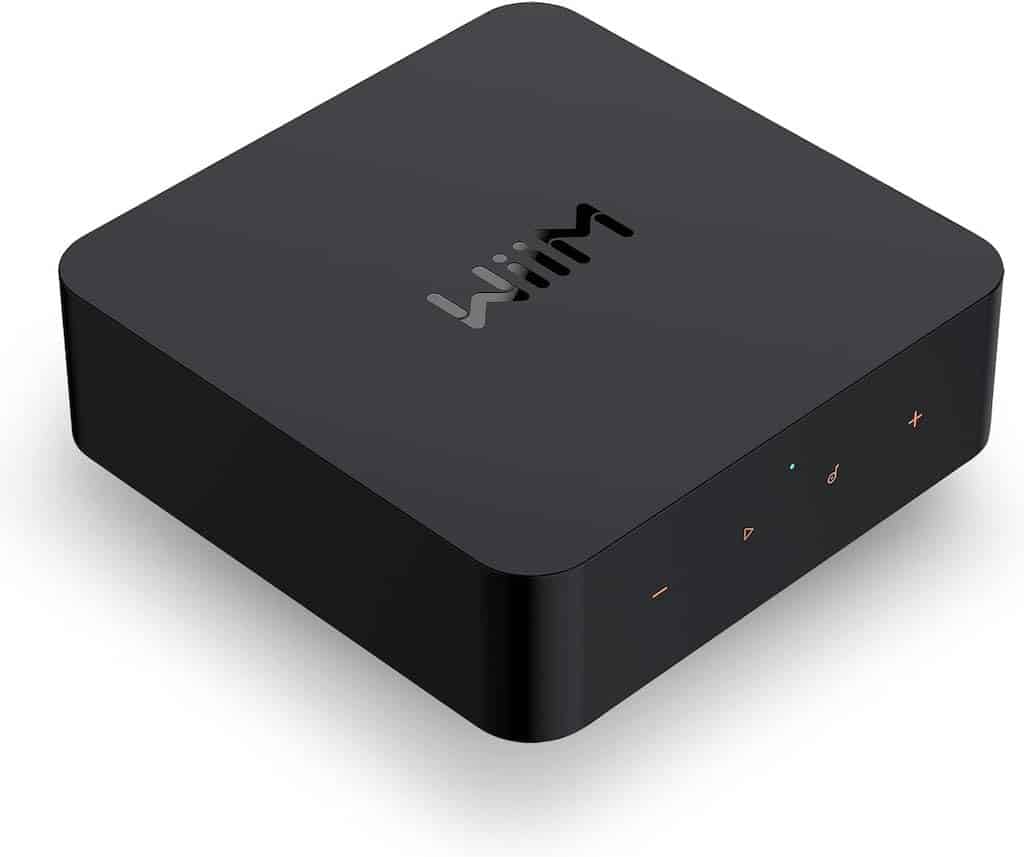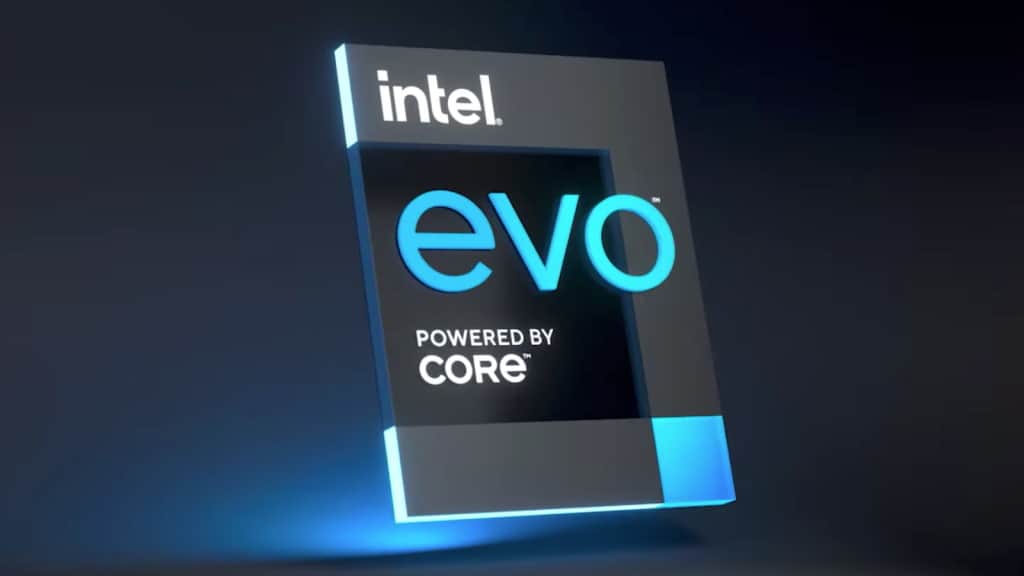Batteries are everywhere and they make our world tick but annoyingly, they’re always running out of fizz. PAT PILCHER looks at the new horizons of battery tech and future possibilities.
 They might not be as glamorous as the latest shiny smart widget, but without them, most gadgets we use would be about as useful as a boat anchor. That’s right, I’m talking about batteries, the gizmos that convert chemical reactions into electricity, so you don’t need to carry a 15-kilometre long extension cord whenever you go out to buy the milk.
They might not be as glamorous as the latest shiny smart widget, but without them, most gadgets we use would be about as useful as a boat anchor. That’s right, I’m talking about batteries, the gizmos that convert chemical reactions into electricity, so you don’t need to carry a 15-kilometre long extension cord whenever you go out to buy the milk.
Not only have batteries transformed our lives in ways that would have been unimaginable only a few decades ago, but they also have tremendous potential to solve many of the world’s problems. Because of this, it isn’t all that surprising that there’s a considerable amount of research going into battery tech. Materials scientists are researching batteries that’ll hold more charge (energy densities), that’ll give electric vehicles parity with their petrol burning counterparts and gadgets that’ll run for a week instead of a day without begging for quality time with a charger. Safety is also a significant consideration, which is hardly surprising given the growing number of YouTube clips showing gadgets catching fire as their batteries have a bad hair day.
Here’s the latest and maybe greatest battery tech that could soon be powering our gadgets for your reading pleasure:
Wireless inductive charging might not be anything new, but battery boffins have taken things a step further with devices that can capture energy from radio waves that are always around us. This is the result of a radio wave harvesting antenna that is only several atoms thick and made from molybdenum disulphide. In use, it harvests power from Wi-Fi and other signals to top up batteries or even power gadgets. Should this invention prove viable over the long term, charging cables and pads could soon become obsolete.
You’re the charger
A new tech called TENG (triboelectric nanogenerator) can harvest power from the electric current that is created when different materials come into contact. TENG technologies are still in their infancy, but their potential is vast. One outcome talked up by researchers is wearable smart devices that may never need to go near a charger. While Android Wear smartwatches need charging every night, a TENG equipped smartwatch would continuously charge as you wore it. Bring it on!
One of the most significant drawbacks with batteries is that they have a finite number of charge cycles before their performance deteriorates. Scientists at the University of California are working on gold nanowire batteries that take a massive amount of charge/discharge cycles. Using gold nanowires (which are thousands of times thinner than a single strand of human hair) and placing them in a gel electrolyte, prototype gold nanowire batteries have been tested with 200,000 recharge/discharge cycles with no fall off in their performance. This could have enormous implications for reducing the amount of dead tech polluting our landfills.
Graphene and solid-state batteries
Batteries traditionally require a gel or liquid for ions to move through to produce electricity. This is one of the reasons that batteries can be unstable and overheat, shorting out and catching fire or exploding. Solid-state batteries get around this by using a solid electrolyte medium. Scientists at Toyota have been developing a sulphide based solid-state battery. They say that these solid-state batteries are incredibly stable and can handle a lot of current being introduced very quickly. In non-geek speak, this means that they can go from zero to being fully charged in just 7-10 minutes. How’s that for fast charging? For electric vehicles this could mean getting cars juiced up almost as quickly as filling up at a gas station. The other enemy of electric vehicles is extreme heat or cold, both of which can degrade battery performance. Solid-state batteries can function fine in temperature extremes ranging from minus 30c to 100c.
 The big problem with solid-state batteries so far has been finding a solid electrolyte that can be quickly and consistently manufactured. This is still one of the largest areas of battery research and is still very much in its infancy.
The big problem with solid-state batteries so far has been finding a solid electrolyte that can be quickly and consistently manufactured. This is still one of the largest areas of battery research and is still very much in its infancy.
Another area of solid-state battery research is Graphene. A company called Graphenano has created solid-state graphene batteries that could see electric cars getting a massive range boost of up to 800 kilometres off of a single charge. Even better still, Graphenano says prototypes of their battery tech can charge from zero to full in mere minutes. Extending the range and reducing the charge times of electric vehicles has the potential to increase their appeal to consumers and put a sizeable dent in greenhouse gas emissions.
Using silicon (which is plentiful and can be sourced from sand) for battery anodes and cathodes can deliver up to three times the battery life of the current crop of lithium-ion batteries. Silicon lithium ion batteries might not be anything new, but traditionally, the silicon needed for anodes and cathodes had been tough to consistently make in commercial volumes and hasn’t been all that durable. Recently, scientists found that by heating finely ground beach sand, adding magnesium and sodium in a vacuum, they were able to make an exceptionally durable form of silicon, extending battery capacities. Because this technology can be easily incorporated into the manufacture of existing lithium-ion battery tech, it looks set to scale quickly and is attracting the attention of some major investors.


















